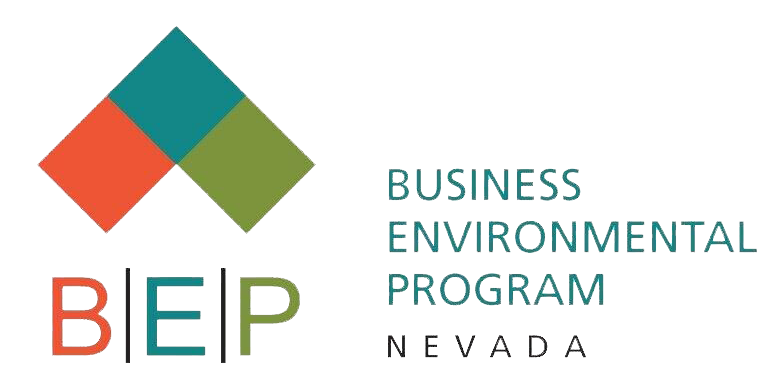Proposed Phase Down of Methylene Chloride
Methylene chloride is widely used in many industries for paint removing, degreasing, cleaning, manufacturing, and more. The Environmental Protection Agency (EPA) is proposing a rapid phase-down for its use. The proposed rule would: Prohibit manufacturing, processing and distribution of methylene chloride for all consumer uses Prohibit most industrial and commercial uses of methylene chloride Create strict workplace protections to ensure that for the remaining uses, workers will not be harmed by methylene chloride use. Require manufacturers (including importers), processors, and distributors to notify …
